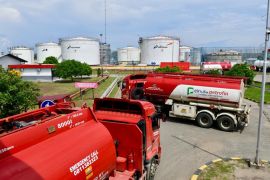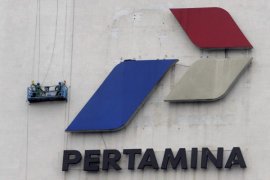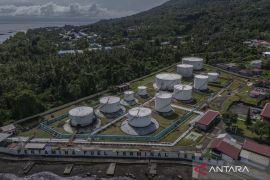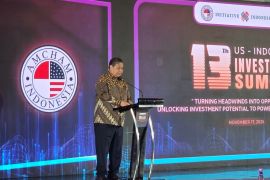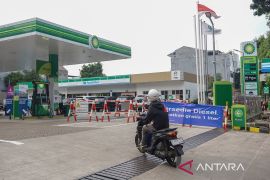With the acquisition, the state-owned company had taken a big step toward its ambition to dominate the ASEAN market as Thailand is a big market for lubricant, a company official said .
Thailand is a big market for both automotive and industrial lubricants, Rifky E Hardijanto, Sales Manager of PT Pertamina Lubricants, a subsidiary of Pertamina, said here on Monday.
"Thailand is an automotive production center in ASEAN . Most of its production is exported including to Australia especially many automotive producers have pulled out from Australia on being less competitive," he said.
For ASEAN , Indonesia and Thailand are the most preferred destination for relocation by automotive investors from Australia.
Therefore, in addition to being aggressive in controlling the domestic market, Pertamina also wants to make Thailand as its second biggest market for both its automotive and industrial lubricants, Rifky said.
The advantage of controlling the market in Thailand is that its interconnection with other countries through land borders. The condition would make it easier for Pertamina to penetrate the market in Thai neighboring countries such as Cambodia, Laos and Myanmar.
"It is easy to cross the borders to Laos, Cambodia, Myanmar, and Malaysia . Therefore, we also want to expand market to those countries," he said.
Pertaminas lubricant oil production unit in Thailand has a production capacity of 50 metric tons per year and its factories in Indonesia already has the production capacity of 550,000 metric tons per year.
Rifky said acquisition of cement factories by the state cement maker Perusahaan Semen Indonesia in other ASEAN countries would also contribute to expansion of Pertaminas industrial lubricant market in the region.
Perusahaan Semen Indonesia already acquired a cement factory in Vietnam in cooperation with Vietnam Thang Long Cement Company.
Rifky said the market industrial lubricant oil is not less potential than the market of automotive lubricant oil.
In Indonesia , the industrial sector accounts for the largest part or 60 percent of lubricant oil consumption with automotive sector accounting for the rest.(*)
Editor: Heru Purwanto
Copyright © ANTARA 2014
